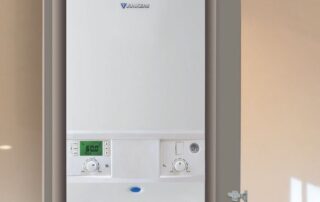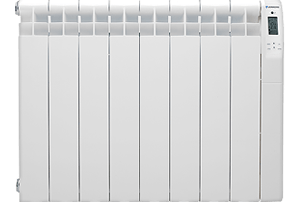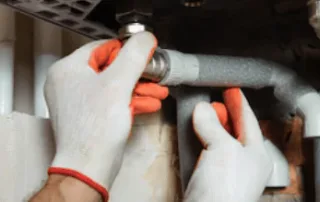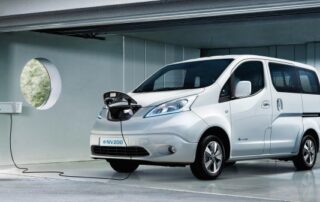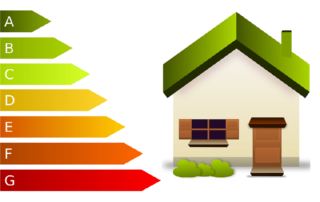Mitsubishi Electric air conditioning: New series MSZ-AP25VG (K), MSZ-AP35VG (K) and MSZ-AP42VG (K)
Mitsubishi Electric Barcelona air conditioning: New series MSZ-AP25VG (K), MSZ-AP35VG (K) and MSZ-AP42VG (K) At JAG Alcaide as an expert company in Mitsubishi Electric Barcelona air conditioning installations, we are always expecting to be able [...]


